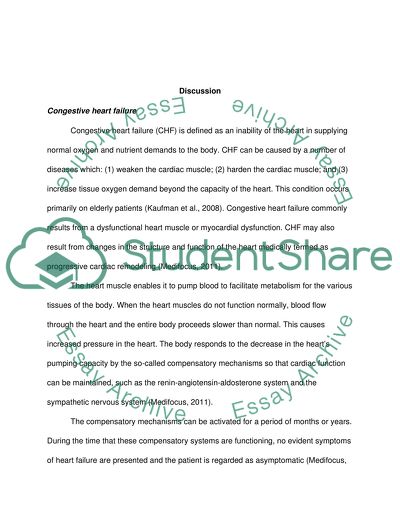Cite this document
(“Pharmacological Management of Congestive Heart Failure Using Captopril Research Paper”, n.d.)
Retrieved de https://studentshare.org/nursing/1390347-pharmacological-management-of-congestive-heart-failure-using-captopril-and-its-therapeutic-implications-drug-study-paper
Retrieved de https://studentshare.org/nursing/1390347-pharmacological-management-of-congestive-heart-failure-using-captopril-and-its-therapeutic-implications-drug-study-paper
(Pharmacological Management of Congestive Heart Failure Using Captopril Research Paper)
https://studentshare.org/nursing/1390347-pharmacological-management-of-congestive-heart-failure-using-captopril-and-its-therapeutic-implications-drug-study-paper.
https://studentshare.org/nursing/1390347-pharmacological-management-of-congestive-heart-failure-using-captopril-and-its-therapeutic-implications-drug-study-paper.
“Pharmacological Management of Congestive Heart Failure Using Captopril Research Paper”, n.d. https://studentshare.org/nursing/1390347-pharmacological-management-of-congestive-heart-failure-using-captopril-and-its-therapeutic-implications-drug-study-paper.


